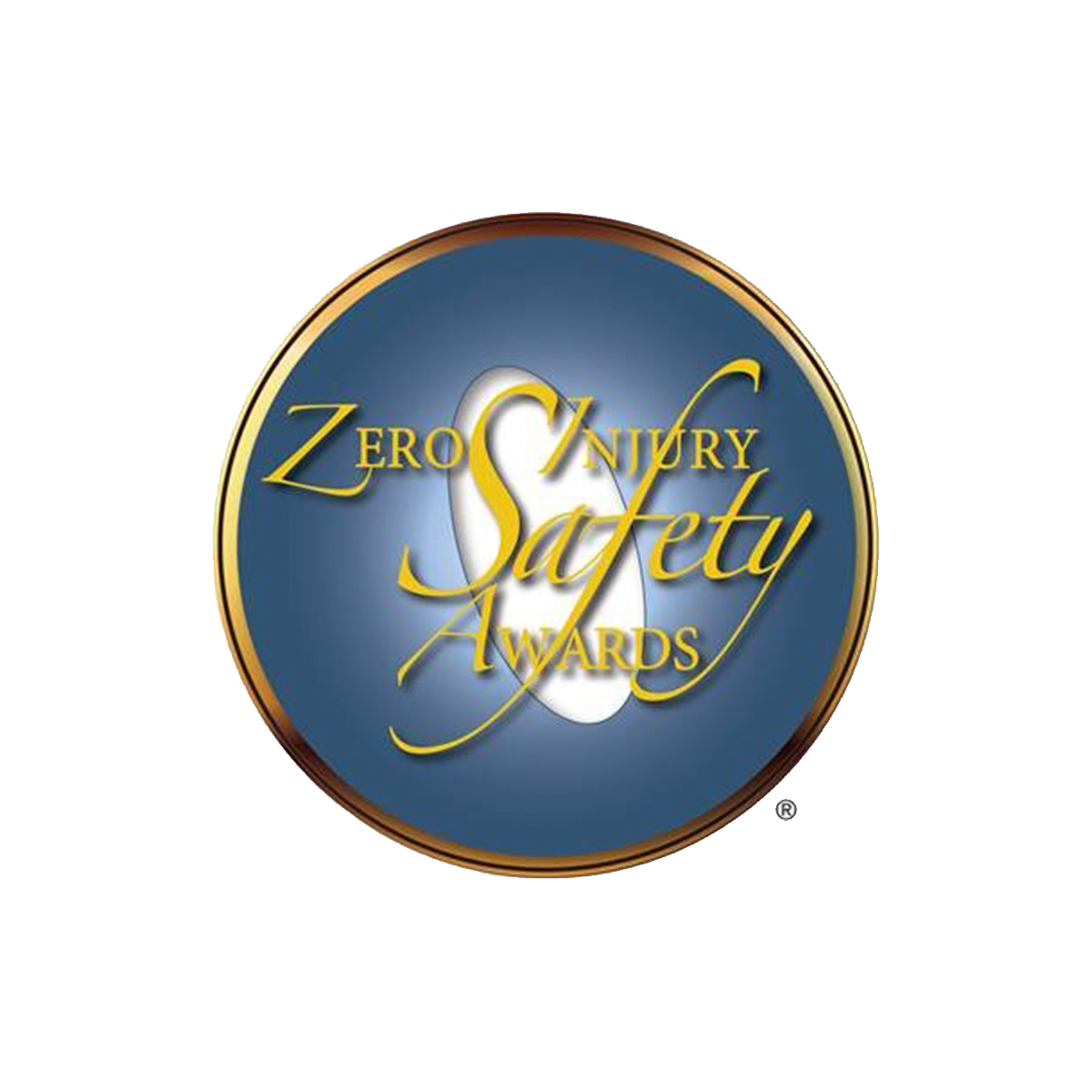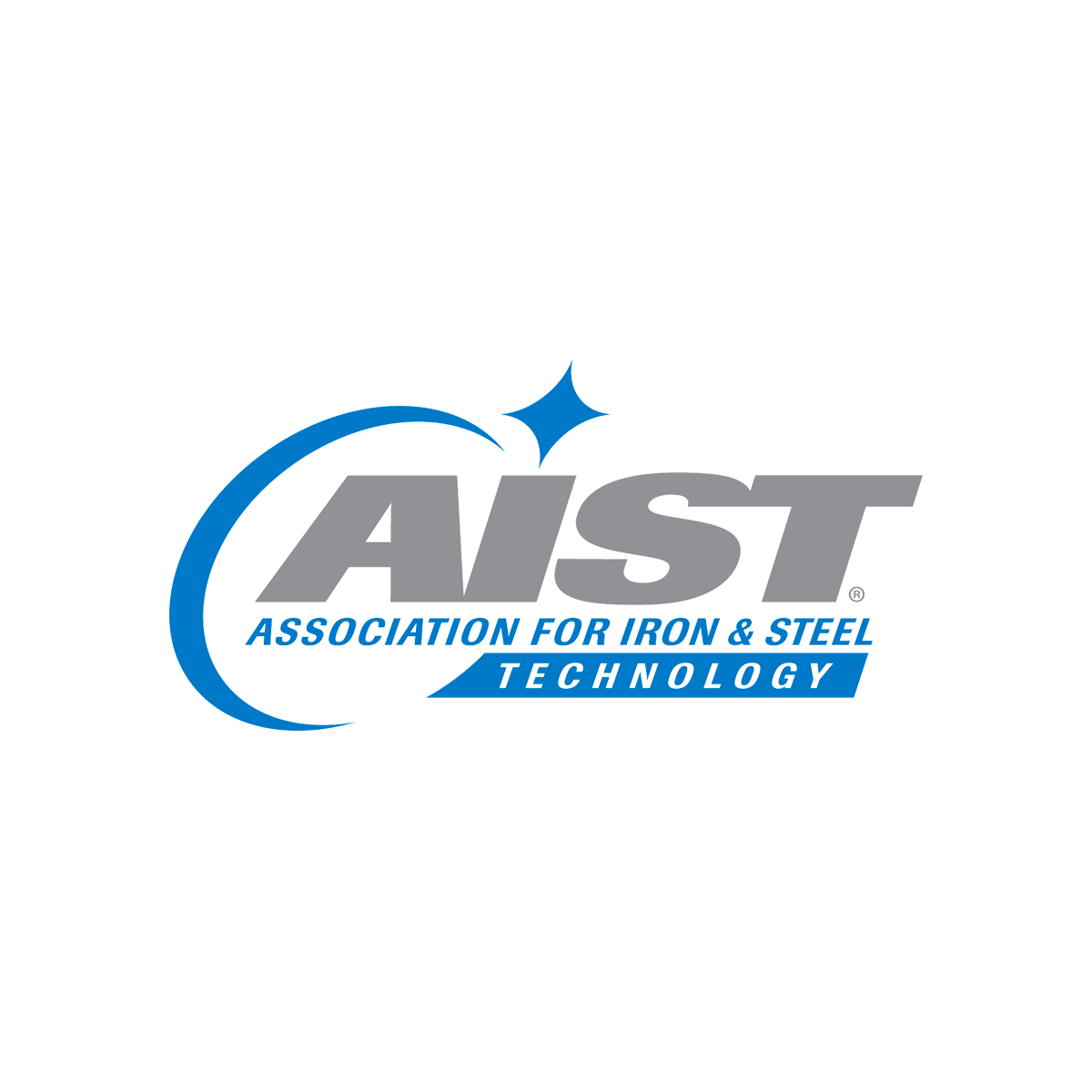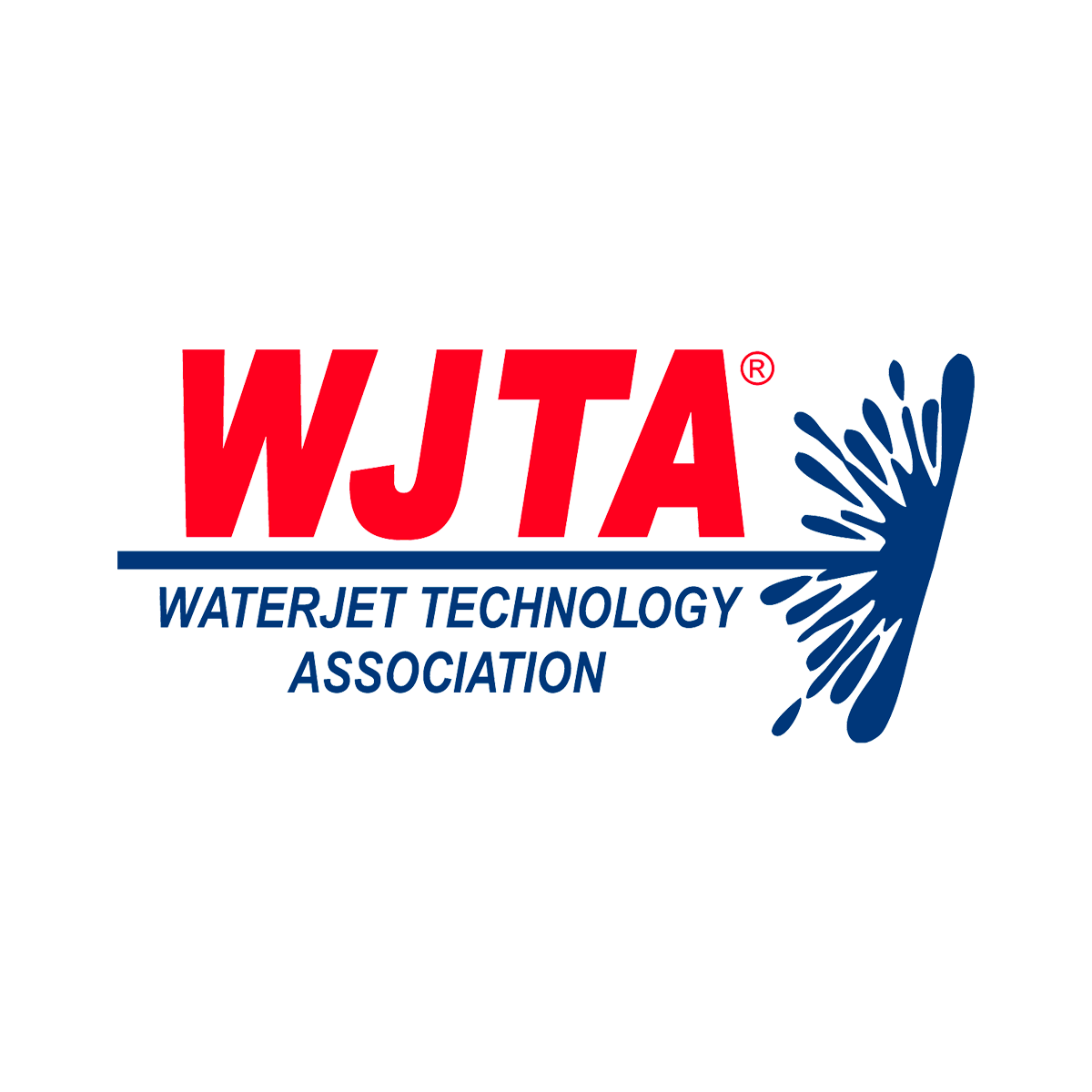Eagle's Commitment to Safety
Eagle Services' employees undergo background checks, receive physical fitness-to-work exams, and complete 16 hours of initial training. 90% of the workforce is 40-hr HAZWOPER trained. Employees are also trained for regional consortiums, customer and project-specific requirements. Eagle's commitment to safety also includes the use of GPS tracking on its fleet.
Documentation of personnel training is maintained at Eagle Services headquarters and is available for project specific requirements. Training is verified with written tests, hands on training, and random project site audits. In addition to Eagle's written safety program, the following items are part of the training programs at Eagle Services.

Request a free consultation now
Eagle Services Safety Statistics
.71 EMR (2025)
.80 TRIR (2024)
Personal Protective Equipment
Systematically Selected
Inspected Prior to Shipping
Systematically Maintained with Records
Issued at No Cost to Employees
Standardized Specification
Materials Used for Safety Training
Handbooks
Hands-on Props
Powerpoint
Training DVDs
Verbal Instruction
Project Safety Management
Pre-project planning with project manager, project supervisor, and Customer
Daily tailgate meetings with the crews prior to start of their shift
Job hazard analysis discussed prior to project
Weekly safety manager meetings
Automotive/Driver Training
Smith System Driver Improvement Institute, Inc.
WJTA Recommended Practices for the Use of Industrial Vacuum Equipment
Advanced Safety Training
Accident Investigation Format
Bloodborne Pathogens
Fall Protection
Hazard Communication
Incident Management
Lockout/Tagout
Permit Required Confined Space Entry
Process Safety Summary
Respiratory Protection
Sewage Exposure Control Plan
Substance Abuse Program Testing
DOT
In Service
Post Accident
Pre-employment
Probable Cause
Project Safety Audits
Conducted by Safety Manager on a random basis
Field Safety Auditors on a random basis
All levels of Management on a random basis
Eagle Services New Hire Orientation
Aerial Platforms Safety
Bloodborne Pathogens
Bonding & Grounding
Confined Space Entrant Attendant
Decontamination
Driving Safety
Electrical Safety
Excavation Safety
Fall Protection
Fire Protection & Prevention
Fire Safety
Hand & Power Tools
Hazard Identification & Risk Assessment
Hazard Communication
Hazard Recognition
Hot Work
Hydrogen Sulfide - H2S
In Plant Rail Safety
Introduction to OSHA
Ladder & Stairway Safety
Lockout/Tagout
Material Handling & Sampling
Noise Exposure
Permit Required Confined Space Entry
Personal Protective Equipment
Process Safety Management
Respiratory Protection
Scaffold Safety
Silica, Grain and Dust Hazards
Site Safety and Health Plans
Vacuum Truck Safety
Waterblast Safety
Safety Programs and Procedures
40 Hour Hazwoper
Advance Atmospheric Testing
First Aid CPR/AED American Red Cross
Forklift Operation
Hazard Recognition
Health Effects of Lead
Lead Handling Procedures
Line Breaking
MSHA 30 CFR Part 46 Training
P4 Handling Procedures
Personal Decon
PPE Use and Care
Project Safety Hazard Analysis
Respirator Protection Standards
Site Health and Safety Plans
Superfund Community Relations










